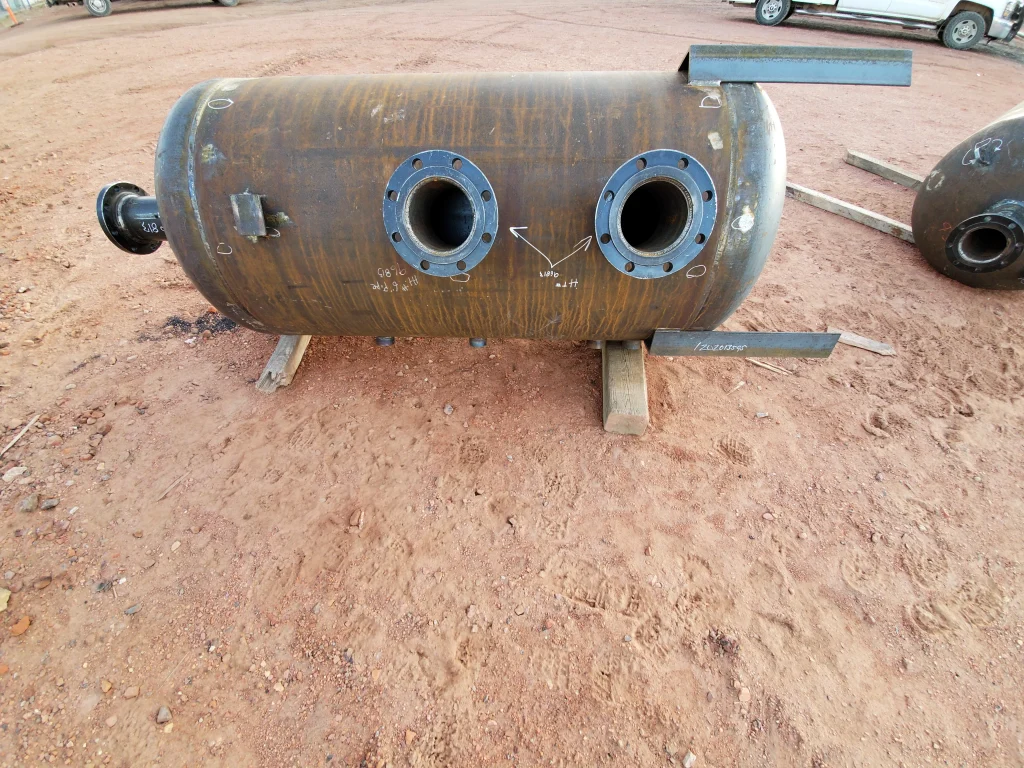
Introduction to External Pressure Failure
When a pressure vessel faces conditions where external pressure surpasses the internal pressure, the risk of collapse increases significantly. Known as external pressure failure, this phenomenon can lead to dangerous implosions in industrial systems. While most vessels are engineered for internal force, they must also be prepared for vacuum conditions or environments like deep-sea operations where external forces dominate.
To better understand the concept of external pressure from different perspectives, see how it is defined in the Collins Dictionary and explored in applied contexts on ScienceDirect.
What Causes External Pressure Failure?
Although pressure vessels are designed for internal loads, several real-world situations can create the opposite condition:
Rapid cooling or depressurization, which generates a vacuum
Condensation of steam or gases, reducing internal support
Blocked vents or airway restrictions, preventing stabilization
These events produce imbalanced forces, making collapse possible. For an everyday perspective on the challenges of managing internal versus external pressures, see Bloomerang’s overview of internal and external pressures.
How External Pressure Compromises Vessel Integrity
Visualize a soda can crushed from the outside—this is similar to how vessels behave under excessive external pressure. Once one section begins to deform, failure spreads rapidly across the structure.
We describe the physical mechanics of buckling in our article on Common Types of Failure in Strength of Materials. These material responses often determine whether a vessel withstands or succumbs to collapse.
Engineering Solutions to Prevent Failure
Strengthening the Design
A robust vessel resists external pressure through structural reinforcements, including:
Thicker walls to increase buckling resistance
Stiffening rings to distribute compressive forces
Spherical or domed geometries that naturally resist collapse
You can learn more about these mechanics in our post on Types of Pressure Vessel Stress.
Material Selection and Compliance
Material strength is equally important. Metals with high compressive resistance and ductility, such as carbon steel alloys, are often chosen. To ensure safety, vessels must comply with design codes like ASME BPVC Section VIII.
Further insight into real-world failures can be found in our overview of Significant Case Histories of Pressure Vessel Failures.
Safety Features
Installing vacuum relief valves is crucial. These valves automatically equalize pressure during vacuum conditions, preventing structural collapse.
For more on potential risks, see Major Hazards Associated with Pressure Vessels.
Complex Load Scenarios
External pressure is rarely the only factor at play. Piping loads, seismic stresses, and wind forces often combine with pressure challenges, amplifying risks. Our article on Factors Affecting Pressure Vessels discusses how multiple stresses influence vessel performance.
Building Safer Vessels Through Smarter Design
Ultimately, external pressure failure is preventable when vessels are engineered with resilience in mind. By combining thicker walls, optimized geometries, durable materials, and safety devices like vacuum relief valves, you significantly reduce the risk of collapse.
Equally important is following trusted standards such as ASME BPVC Section VIII, which ensures that every design detail is backed by proven engineering guidelines. With these measures in place, pressure vessels can maintain their integrity under even the harshest external forces, safeguarding both operations and lives.
Partner with Red River for Safer Vessels
At Red River, we bring American-made precision to vessel design and manufacturing. From innovative Type 4 Pressure Vessels to customized solutions for unique operating conditions, our goal is to deliver safety, compliance, and value to every project.
Frequently Asked Questions
What is external pressure failure?
It occurs when the pressure outside the vessel becomes greater than the internal pressure, causing buckling or collapse.
Why is it dangerous?
It can lead to catastrophic implosions, equipment loss, and worker safety hazards.
How can engineers prevent it?
By reinforcing vessel design with thicker walls, stiffening rings, spherical shapes, and installing vacuum relief valves.
What design codes apply?
Standards such as ASME BPVC Section VIII set the requirements for vessels under external loading.
Which shapes handle external pressure best?
Spherical and domed designs outperform cylindrical shapes by distributing compressive stress evenly.
Are vacuum relief valves essential?
Yes, they prevent dangerous vacuum buildup and protect vessel integrity during sudden pressure drops.
Where can I learn more about pressures in general?
You can explore Bloomerang’s explanation of internal vs external pressures or review academic insights from ScienceDirect on external pressure.
Key Takeaways
External pressure failure occurs when outside pressure overwhelms internal pressure
Preventive measures include thicker walls, stiffeners, proper geometry, and vacuum relief valves
Material choice and adherence to ASME BPVC standards are critical
Real-world cases show that ignoring external loads leads to severe failures
Internal and external pressures must always be balanced for long-term vessel safety
Related Blog Post
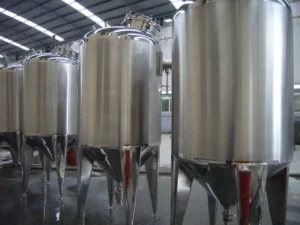
How a Glycol System Works
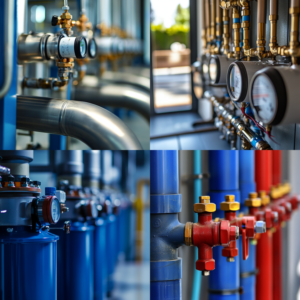
Ethylene Glycol Water: A Complete Heat Transfer Guide
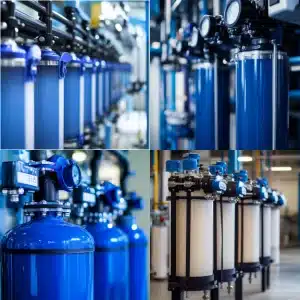
Water Filter Replacement
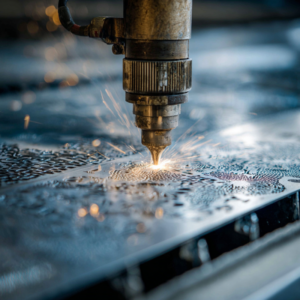
Why Use Stainless Steel Sheet Metal Fabrication?
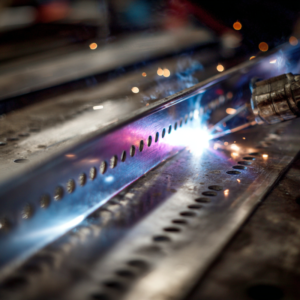
How Does Stainless Steel Sheet Metal Fabrication Work
About Author

